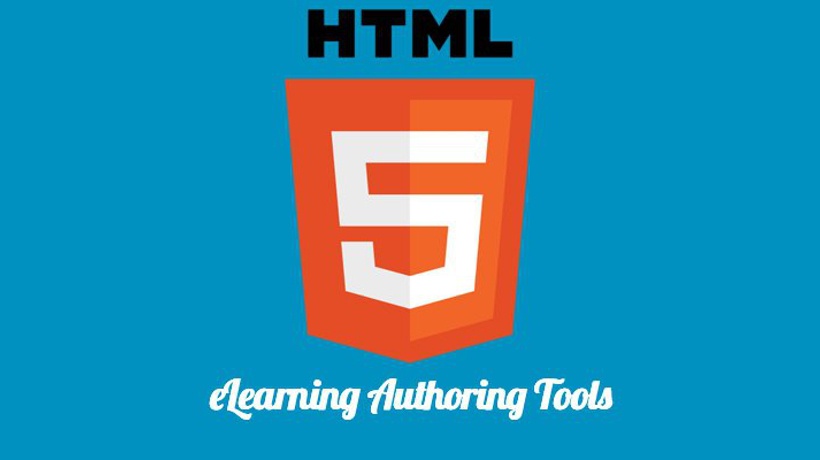How To Use Online Help Callouts In eLearning
Callouts are eye-catching graphics that highlight helpful online resources and expand on certain tasks. They can even simplify complex ideas and point online learners in the direction of social learning opportunities. As such, online help callouts are a great online assistance tool for your eLearning course. Here are 9 tips on how to use them in your eLearning course design to provide online help.
1. Highlight Supplemental Online Materials
One of the most common uses for online help callouts is to provide further information. For example, placing a box around a specific word and drawing an arrow that leads to its definition. This helps online learners understand the terminology without having to turn to a dictionary. However, you can take this a step further by linking to supplemental online materials. Highlight the text in question and add a pop-up window that features informative online resources, such as online articles, online video-demos, or interactive activities. Online learners can improve their understanding right away, instead of searching for relevant materials.
2. Offer Quick Task Online Tutorials
Bullet or numbered lists give online learners a step-by-step guide to follow. However, you can pair these with microlearning online tutorials to improve their understanding. Simply include an online help callout that directs online learners to a video walkthrough or visual guide. This allows them to see the task in action, and then replicate the steps in the real world. As such, they are able to improve workplace productivity and overcome common obstacles. They also have the power to identify areas for improvement. For instance, they discover that they've been skipping a step, or performing them out of sequence.
3. Use Image-Based Online Help Callouts To Reinforce Key Concepts
Images appeal to our visual nature. Instead of merely explaining a task or idea, incorporate photos and graphics in the form of online help callouts. For example, include an image for every step of the process, or show them a photo of the mechanisms inside a piece of equipment to provide greater detail. Images are a great way to break complex tasks or topics into more manageable components. There are generally two ways to curate images for your online help callouts. The first is to snap-shot of your own. This is the ideal approach for work-related tasks, as you can include the relevant tools and software screenshots. The second is to use royalty-free stock images that are available online.
4. Link To Social Learning Online Resources
Online learners may not even be aware that there are online forums, social media groups, and other peer-based online resources. You have the ability to point them in the right direction so that they can interact with the online learning community. More importantly, you can recommend online resources that cater to their specific needs. For example, link to your skill-building social media group in a task tutorial online help callout. Online learners are able to quickly access the group for immediate tips and advice.
5. Offer On-The-Spot Online Support
Online help callouts can provide "moment of need" support for struggling online learners. This may be in the form of microlearning eLearning resources, or one-on-one assistance. For example, a hyperlink that opens an email window, or a "tip sheet" that offers online learners a detailed overview of the key takeaways. If online learners have a question about the topic or task, they can simply click on the callout to receive immediate assistance.
6. Incorporate Bite-Size FAQs
Your online learners may not have the time to review a list of commonly asked questions. However, online help callouts provide you with the ability to offer bite-sized FAQs that align with your learning objectives. At the end of each section, add a few questions/answers that online learners may have after completing the eLearning activity. One of the most effective ways to compile these questions is to conduct audience research. Invite online learners to complete the module during a test round. Then ask them to fill out online surveys, or participate in a focus group. Focus on aspects of the eLearning module or activity that caused the most confusion.
7. Clarify Complex Graphs And Diagrams
One of the most traditional uses for online help callouts is to clarify important points on a graph, timeline, or chart. For example, you need to explain why the chart spikes during a particular time period so that online learners can track the trend. Or provide more information about a point on the historical timeline. You also have the opportunity to include related online resources so that online learners can explore the topic on their own.
8. Turn Your Narrator Into A Helpful Guide
This particular approach is a more subtle way of incorporating online help callouts into your eLearning course design. Your eLearning course narrator becomes a helpful guide who shares valuable tips and tricks with online learners. For instance, he/she may tell them an interesting fact about the topic, or reveal a more efficient way to complete the task. Another option is to use character dialogue to improve understanding. As an example, two eLearning characters have a conversation that explores different perspectives. This also gives online learners the opportunity to build lateral thinking skills, as they can view the problem from multiple angles.
9. Give Online Learners The Ability To Opt-Out Of Online Help Callouts
Some online learners may want to go alone, without the aid of online help callouts. As such, you might consider optional online help callouts that online learners can turn on/off whenever they wish. They can always complete the eLearning course on their own the first time around, then switch them on if they encounter any issues. The key is to give them that option so that everyone gets the level of support they need.
Online help callouts may be relatively simple and straightforward. However, they have the ability to deepen learner comprehension and offer them the ongoing support they need. As such, they are the ideal addition to your eLearning course design. Especially if you have a tight deadline, but still want to provide your online learners with "just in time" online support.
Another way to offer your online learners online help is through online learning communities. Read the article 7 Tips To Support Online Learning Communities to learn 7 tips to help you create online learning communities that facilitate peer-based interactions.









